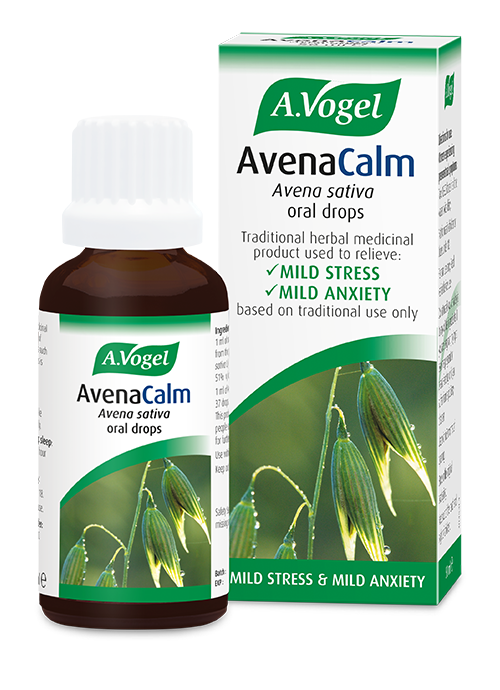What is an anxiety disorder?
The term ‘anxiety disorder’ is a broad description for a diverse number of problems and conditions giving rise to symptoms of anxiety.
While nearly everyone will have experienced the feeling of ‘normal’ nervousness or anxiousness at some stage in their life, an anxiety disorder results in more pronounced, longer-lasting and recurring symptoms.
As anxiety disorders are medical conditions, they should be managed by a doctor or psychiatrist, especially if the symptoms begin to interfere with daily life.
Anxiety disorder symptoms
There are many types of anxiety disorders, and acute symptoms of anxiety may be triggered in different people under different circumstances.
For some, symptoms may be most pronounced when having to socialise, while for others it may be when being left alone. However, the common factor among these is that symptoms experienced are more extreme than normal levels of anxiety, and often begin to disrupt normal daily routine and activities. They may also lead to anxiety attacks.
Common symptoms of anxiety disorders include:
- Extreme fear, dread or panic
- A feeling that something bad is going to happen to you or someone else
- An inability to focus or concentrate because your mind is racing with worries
- Difficulty sleeping
- Physical symptoms such as tensed muscles, rapid breathing or shaking
- Uncontrolled, intrusive, unrealistic and/or negative thoughts.
Generalised anxiety disorder
Generalised anxiety disorder (GAD) is when the symptoms of anxiety are persistent and present over a long period of time. These may not be severe, but the sufferer experiences a continual underlying sense of worry, or finds it impossible to completely switch off and relax. People with this condition may be described as ‘constant worriers’ and the condition is surprisingly common, said to affect up to 5% of the adult population.
GAD is not usually triggered by any specific situation or identifiable event, but tends to come and go (though often not enough of the latter) unpredictably.
Social anxiety
Symptoms of social anxiety are triggered by any situation which involves social interaction. For some, this may be having to meet people for the first time; for others it may be speaking on the phone. These situations may also be experienced to a lesser extent by ‘healthy’ people and can be part of the normal spectrum of healthy emotions.
In severe cases, the symptoms of social anxiety may materialise without any form of social influence. Obviously, with social interactions being a vital part of being human, social anxiety can be a debilitating, disconcerting, and sometimes embarrassing condition.
Separation anxiety
If you experience anxiety symptoms when having to part with people you are close to, you may be suffering from separation anxiety. This should not be confused with the normal feelings of sadness we all feel when having to part with our loved ones.
Separation anxiety is commonly seen among young children and usually disappears as they develop into adulthood. However, for some people, the condition persists and can recur throughout their lifetime.
Performance anxiety
This is also known as stage fright. Performance anxiety was originally described as a feeling of fear or dread at the thought of having to perform in public. Today, we see the same features in other situations such as having to give a talk at school or work, freezing during a job interview or even being the star attraction at your own wedding.
For those suffering the condition, no matter how often you perform, the symptoms of performance anxiety don’t usually ease. Many regular performers find effective coping strategies and find that the symptoms of anxiety often spur them on to produce a better performance.
Agoraphobia
This is not a fear of spiders – that is arachnophobia. Agoraphobia (or fear of the ‘market’) is a fear of being in a situation where ‘escape’ is not possible. This may be a fear of open spaces like a park, fear of public transportation, or fear of somewhere crowded such as a shopping centre.
If severe, an agoraphobic will become less and less able to venture outside their comfort zone, even with a friend to help them. In general, they have difficulties leaving their own home.
If an agoraphobic is placed in a situation where they are not comfortable, they may begin to experience symptoms similar to that of an anxiety attack. Breathing will become more rapid, they will begin to hyperventilate, begin to tense their muscles, tremble and shake, and may eventually faint.
Agoraphobia is usually treated by Cognitive Behavioural Therapy (CBT), a type of psychological treatment which changes the way you think during a stressful or panicky situation. This treatment can begin at home, using self-help online courses, recommended by your doctor.
If unsuccessful, then you may wish to see a cognitive behavioural therapist who will run sessions to help with your symptoms. It is usually highly successful. However, in some extreme circumstances conventional medicines, such as anti-depressants, are also required.




